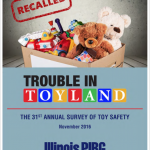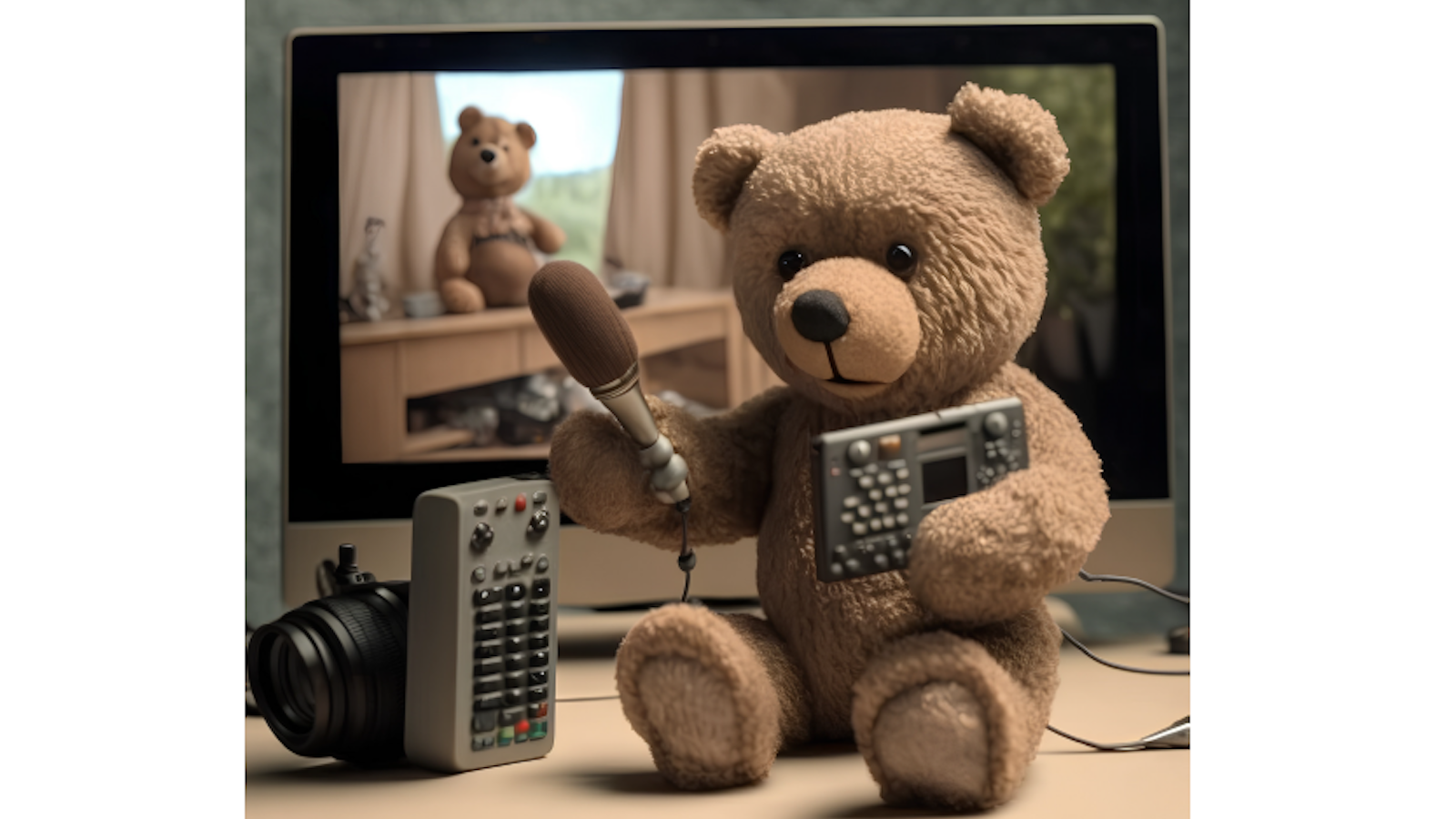
Trouble in Toyland 2016
The 31st Annual Survey of Toy Safety
For over 30 years, U.S. PIRG Education Fund has conducted an annual survey of toy safety, which has led to over 150 recalls and other regulatory actions over the years, and has helped educate the public and policymakers on the need for continued action to protect the health and wellbeing of children.
Downloads
Illinois PIRG Education Fund

Executive Summary
For over 30 years, U.S. PIRG Education Fund has conducted an annual survey of toy safety, which has led to over 150 recalls and other regulatory actions over the years, and has helped educate the public and policymakers on the need for continued action to protect the health and wellbeing of children.
Toys are safer than ever before, thanks to decades of work by product safety advocates, parents, the leadership of Congress, state legislatures, and the Consumer Product Safety Commission (CPSC).
U.S. PIRG Education Fund staff examined toys recalled by the CPSC between January 2015 and October 2016 and looked at whether they appeared to still be available for sale online.
Since January 2015, the CPSC, in cooperation with manufacturers and distributors, has announced over 40 recalls of toys and children’s products totaling over 35 million units. We found that over a dozen recalled toys appeared to be available for sale. Also, parents should watch out for recalled toys that could still be in their homes.
Despite recent progress in making toys safer, toys are still being recalled for hazards such as lead, choking hazards, and overheating. To keep children safe from potentially hazardous toys, there is still more to do.
Policymakers should continue building upon recent progress in the strengthening of toy safety standards by:
- Maintaining the CPSC’s funding and authorities to protect the public; and
- Understanding that regulations protect health and safety.
The CPSC should improve recall effectiveness:
- Engage in efforts to increase consumer and researcher awareness of the public hazard database SaferProducts.gov;
- Aggressively seek to increase recall effectiveness by making sellers agree to conduct more effective outreach campaigns that stress the real hazard posed, rather than simply promote the purported good will of the firm;
- Perform regular online sweeps checking for the availability of previously-recalled toys; and
- Hold companies reselling recalled products accountable, which also sends a message to others.
The CPSC should continue to enforce and improve strong safety standards:
- Continue to vigorously enforce the Consumer Product Safety Improvement Act’s mandatory standards for toys, including strict limits on lead and lead paint in any toys, jewelry or other articles for children under 12 years;
- Vigorously enforce the Consumer Product Safety Improvement Act’s permanent ban on the use of three specific phthalates in all toys and children’s products;
- Enlarge the small parts test tube to be more protective of children under three;
- Change the small-ball rule to include small round or semi-round objects, and not just “balls” in the strictest definition, since these toys pose the same hazards as small balls (this is especially true of rounded toy food, since it is “intended” to be eaten;
- Enforce the use of the United States’ statutory choke hazard warning label, as many toys now are wrongly labeled with less explicit foreign warnings; and
- Continue to enforce CPSC rules requiring online warning labels.
Parents and caregivers can also take steps to protect children from potential hazards. We recommend that parents:
- Subscribe to email recall updates from the CPSC and other U.S. government safety agencies available at www.recalls.gov;
- Shop with U.S. PIRG Education Fund’s Toy Safety Tips, available at toysafetytips.org;
- Examine toys carefully for hazards before purchase – and don’t trust that they are safe just because they are on a store shelf. Check the CPSC recall database at CPSC.gov before buying toys online;
- Report unsafe toys or toy-related injuries to the CPSC at Saferproducts.gov;
- Remember, toys on our list are presented as examples of previously recalled toys only. Other hazards may exist;
- Review the recalled toys list in this report and compare it to toys in your children’s toy boxes; and
- Put small parts, or toys broken into small parts, out of reach. Regularly check that toys appropriate for your older children are not left within reach of children who still put things in their mouths.
Topics
Find Out More


Fixed for the Holidays

Trouble in Toyland 2023

